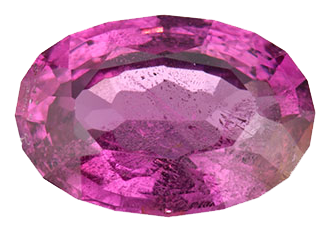Sri Lankan soil is home to wealth of precious gems; sapphire, ruby, cat’s-eye chrysoberyl, spinel, garnet, beryl, tourmaline, topaz, quartz, and many others. The Highland Complex, a wide band that runs roughly down the middle of the island, is a rich source of this gem material.
- Alluvial mining: Gem deposits are typically found in secondary deposits like rivers. When a river transports gems, it also carries a variety of other denser materials that collect as gravel in the riverbeds. A lighter overburden material lies on top of the gemstones, and miners dig below it to reach the gem-bearing gravels.
- Eco-Mining: Of the 6,500 licenses issued for mining in 2013, more than 6,000 were for pit-mining operations. In this type of mining, rocks and minerals are removed from an open pit that is typically 15 to 25 feet deep and six to 14 feet wide. The government favors this approach, as it is considered to be less harmful to the environment, and provides a more stable source of employment. Pits must be refilled and rehabilitated after the mining is completed.
Mined gems are often bought and sold in outdoor street markets that can have thousands of dealers. Gem material is often sent to Colombo, the country’s capital, for cutting and polishing.
Sri Lanka’s traditional cutters are considered some of the finest in the world in understanding sapphire rough. Their technique is well suited to high-end sapphires and other gemstones where placement of color is critical. A modern precision-cutting industry is also growing.
Sri Lanka is now a colored gemstone destination, blending centuries of mining, cutting, and trading experience with modern technology and global business strategy. Favorable import and export regulations have attracted foreign investment and brought rough material from around the world to the island, helping to make it a colored gemstone cutting, treatment, and trading hub. China’s growing appetite for gemstones has also helped the industry.
Blue Sapphire is the most important gemstone found in Sri Lanka. It is important not only commerciallyl but also for its unique beauty! especially its fine color. Although blue sapphire is found in a number of places in Sri Lanlza, the occurrence at Ralzwana in the Ratnapura district is particularly importantl while the Tissamaharama area also promises to become a major source. A millzy-white variety, suitable for treatment to obtain a fine blue color, is called "geudal'
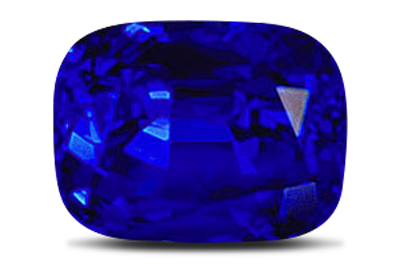

The red corundum, or “Ceylon ruby” is fairly common in most of the gem-bearing areas,but its color is never as saturated as that of the Burmese ruby. In fact ruby from Sri Lanka tends to be pink rather than red.
They occur primarily in Balangoda. These stones typically range in hue from very pale to dark yellow. Some orange stones are occasionally seen as well. Deep-orange corundum with the “color of the sunrise” is rare and, therefore highly prized. The name "padparadscha" has been applied to these rare stones.
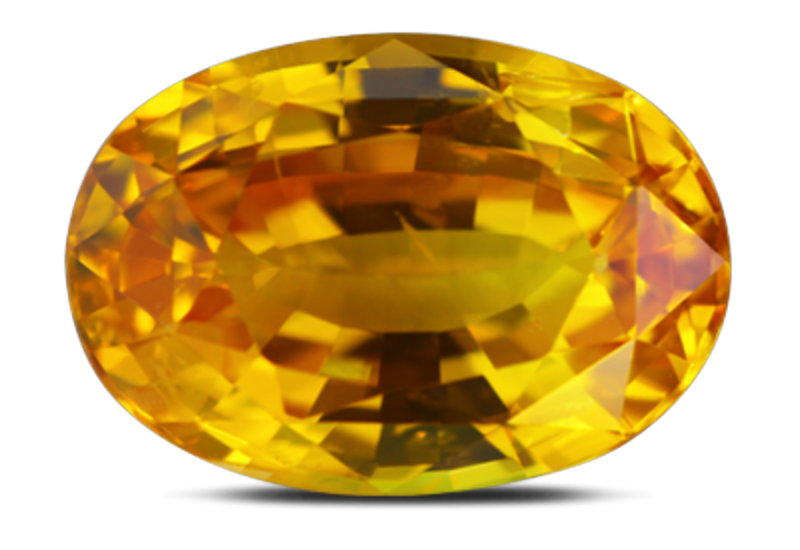
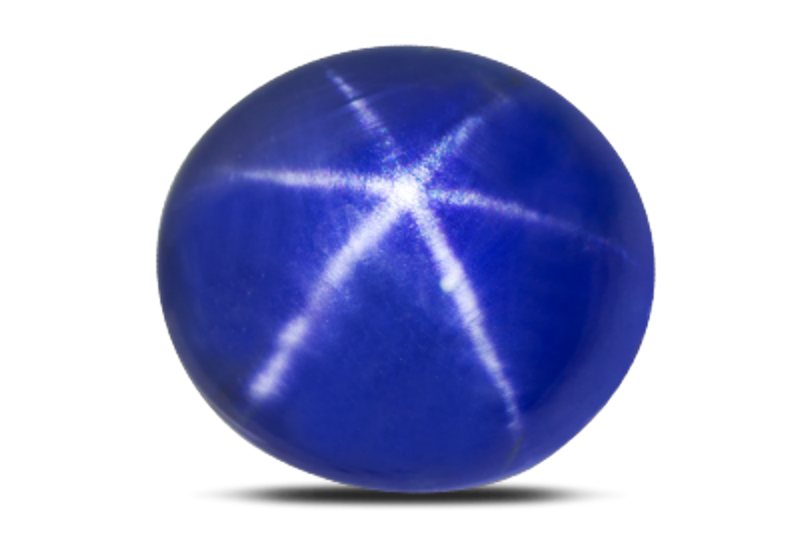
Star corundum is common in Sri Lanlza. Such stones occur in different colors but bluish grey, pale violet and milky white are most common. Star rubies and star sapphires of fine color are rare, but some important pieces have appeared.
Another important Sri Lankan gem is chry- soberyl, especially the rare varieties alexandrite and cat's-eye. Good qualities of both varieties are scarce and hence highly prized. Most alexandrites are rather clear and light green; their color range is moderate. The best cat's-eyes have a honey-brown color, a sharp whitish chatoyancy, and are truly fine gemstones. Yellow to brown chrysoberyls also occur in Sri Lanka.
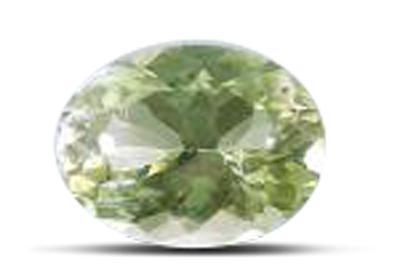
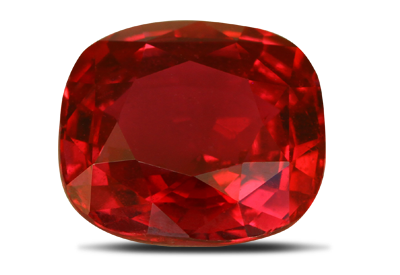
Among the garnets, two varieties are common:
(1) a member of the pyrope-almandite series, and
(2)the orange-brown grossular, known by its variety name hessonite.
The pyropealmandite garnet has the characteristic rose-red color of “rhodolite”, intermediate between pyrope and almandite, with a magnesium content that is higher than its iron content. Hessonite is mainly found in the southeastern part of the island, near Okkampitiya and Kataragama in particular.
Spinel occurs in different colors, especially purplish red and dark greenish blue. Iron-rich, dark green spinel from Sri Lanlza is called ceylonite or pleonast, while a zinc-rich, blue spinel with the name gahno-spinel is also a typical Sri Lankan gemstone. Over the last four years, interest in spinels has increased enormously.
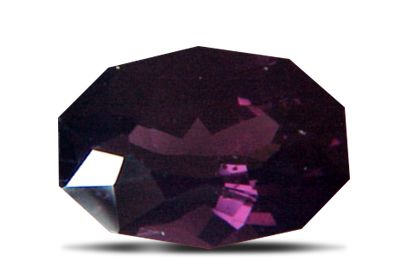
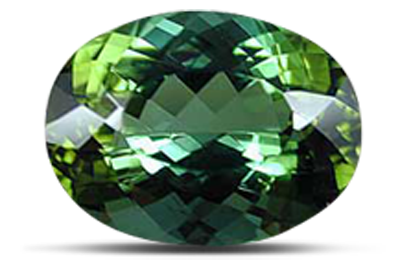
Although many colored gemstones in Sri Lanka are called tourmaline, this mineral seems to occur here in brown only and, in fact, is much less common than generally thought. Most so- called tourmalines are zircons which occur in many colors, such as reddish browni yellow- brown, light to dark green, and olive green. The “low-type” zircons all have a green color which may be considered characteristic for zircons from Sri Lanka.
Rather common are some quartz varieties such as rock crystal, amethyst, rose quartzi smolzy quartzi and cat's-eye quartz. Stars occur mainly in rose-colored and greyish material; the asterism is caused by included sillimanite.
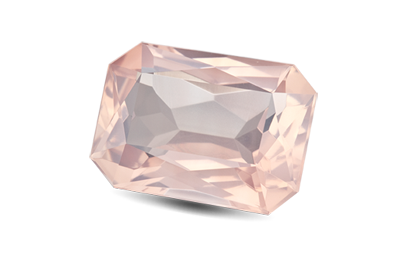
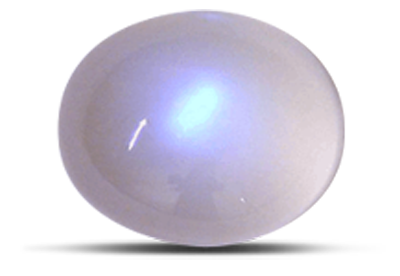
The island is one of the few sources of gem- quality moonstone. Stones with a fine blue sheen are now rare. Although the south- western part of Sri Lanlza, especially Meetiyagoda, is famous for this variety of feldspar, the mineral is also found in the Tissamaharama area. Yellowish and colorless varieties of topaz occur in the Ratnapura district. ln comparison with topaz from other countries Sri Lankan stones in general are not very attractive and, therefore, are less important.
Unusual gems also occur in conjunction with the commercially important stones in several localities. Some of these, in fact, have not been found outside Sri Lanka and may be considered extremely rare.
Andalusite is occasionally found in the Ratnapura district and may be discovered in parcels of cut “tourmalines” because its hardness is very similar to that of tourmaline and zircon (which, as mentioned above, also appears in such parcels). Andalusite may be recognized by its extremely strong pleochroism in greenish-brown and red stones.
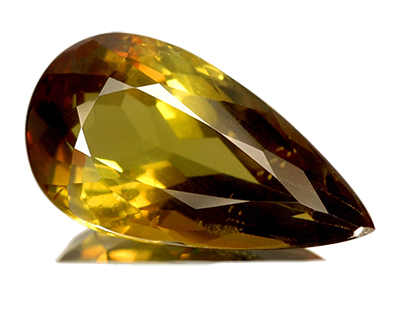
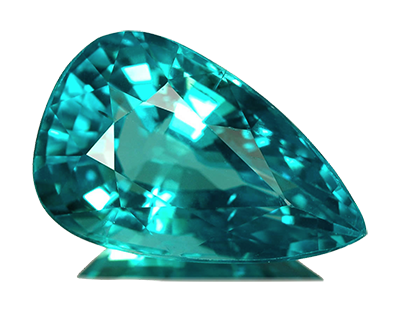
Apatite is one of the principal minerals in a carbonatite from Eppawala, which lies about 65 km northwest of Elahera. Brownish crystals up to about 1 m in length have been found, but they usually are not of gem quality. Some greenish to bluish-green apatites are found in Eheliyagoda and Balangoda; those found in the Ratnapura district are often of cutting quality.
In 19611, a new metamict mineral from Sri Lanka was mentioned in the literature for the first time. It was named ekanite in honor of Mr. F. L. D. Ekanayake, a gemologist in Sri Lanka at that time. Ekanite turned out to be extremely rare, and cut stones are encountered only occasionally. Thus far, Sri Lanka is the only known source of this calcium-thorium silicate.
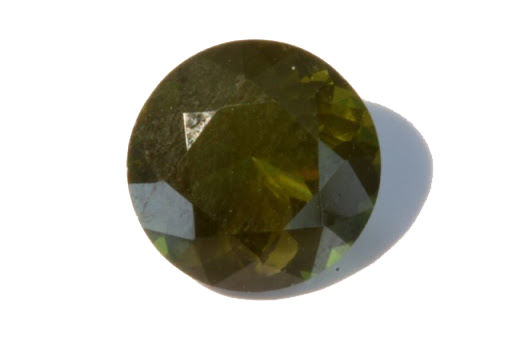
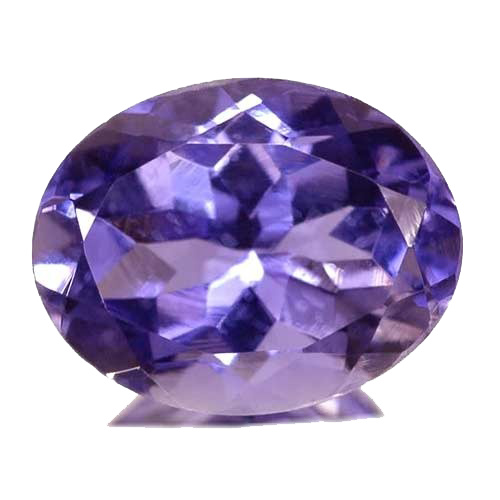
lolite (cordierite) is not an important jewelry gemstone, since its properties are very low, but it is an attractive stone for collectors. It is very common in the cordierite-gneisses that outcrop at many places throughout the island, but gem- quality material is found only in the Ratnapura district. It is usually called “water sapphire” by the local inhabitants. Its very strong dichroism may be observed with the naked eye; the yellow is characteristic and unknown in blue sapphire.
Some years agol Kornerupine was regularly discovered in “Tourmaline” parcels. Most often, the stone is green, but frequently some brown stones can be seen together with the green. About five years ago, cat's-eye kornerupine came on the market in Sri Lanka. Today, these cat's-eyes are considered common, although large stones are rare. They are said to originate in the Galle district, while the green stones without chatoyancy are from the Ratnapura district and from Matale in Central Province.
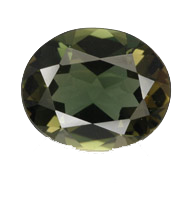

Sillimanite, or fibrolite, with a light blue color occasionally occurs in the Deniyaya district near Rakwana. A large gem-quality piece, recently found in Balangoda, is now in the collection of the State Gem Corporation.
A rare gem mineral that occurs at different places in the Ratnapura district is sinhalite, a magnesium-aluminum borate. Its properties bear some resemblance to those of peridot, and in fact, many brown “peridots” in old collections have been identified as sinhalites on close examination. The material was described as a new mineral in 1952. The stone may vary from almost colorless through light yellow to dark brown with increasing iron content.
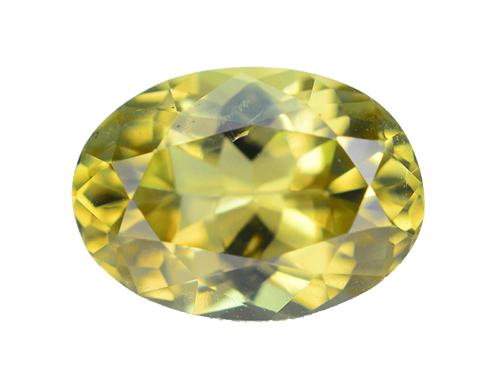
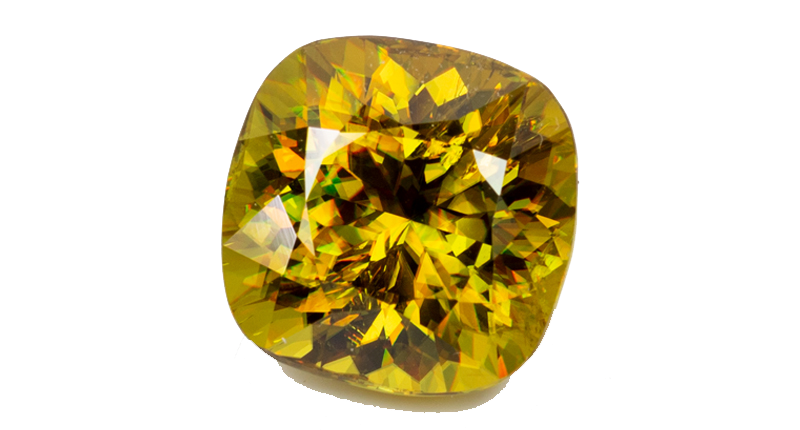
Although sphene (or titanite) was mentioned many years ago as a possible gemstone from Sri Lanka, only very recently was gem-quality sphene reported from the Tissamaharama area. Because of its high optical properties, sphene is very attractive; yellow and brown are the predominant colors in sphene from Sri Lanka.
A pale violet mineral taaffeite, is found very rarely in parcels of spinel; it has similar properties but a distinct birefringence. Taaffeite was named in honor of its discoverer, Count Taaffe of Dublin, Ireland. Thus far only about 10 specimens have been reported; their exact source, somewhere in Sri Lanka has not been identified.
